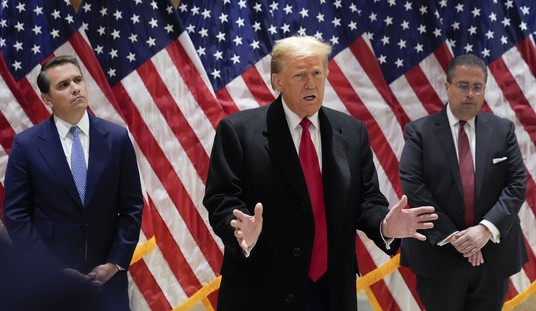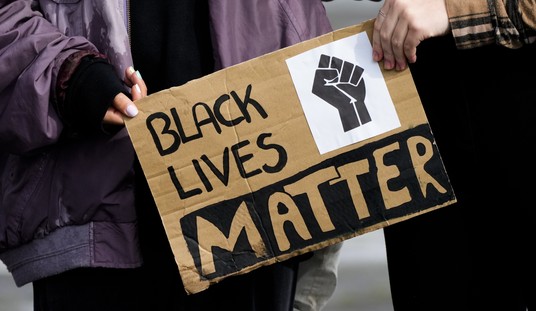Dire predictions about the fate of certain government programs were hardly in short supply recently, as sequester-related budget cuts loomed. So it was hardly a surprise when Education Secretary Arne Duncan got in on the act.
“It just means a lot more children will not get the kinds of services and opportunities they need, and as many as 40,000 teachers could lose their jobs,” he said in an interview with Face the Nation. “There are literally teachers now who are getting pink slips, who are getting notices that they can’t come back this fall.”
Turns out, though, that it isn’t true. Glenn Kessler at The Washington Post confirmed this in a fact-check column that awarded Duncan no fewer than four “Pinocchios” for this whopper.
“Oddly, however, the Education Department for days was unable to cough up the name of a single school district where these notices had been delivered,” he wrote. “Then, on Wednesday, Duncan appeared before the White House press corps and produced a name -- Kanawha County in West Virginia -- with a major league caveat. ‘Whether it’s all sequester-related, I don’t know,’ he said.”
Facts matter. They may ruin your PR spin, or fly in the face of your talking points, but they can’t be ignored. And the facts are this: We’ve been hiring new teachers over the last four decades at a clip that far outpaces the increase in students.
From 1970 to 2010, student enrollment in the nation’s public schools increased by only 7.8 percent. The number of teachers, however, increased by 60 percent.
And even that number is dwarfed by the increase in non-teaching staff positions that occurred during that time: 138 percent. That’s right -- it more than doubled, despite the fact that the percentage of students was going up by a very small amount.
Recommended
“Twenty-one ‘Top-Heavy States’ employ fewer teachers than other non-teaching personnel,” according to a new report by the Friedman Foundation for Educational Choice that focuses on the worst offenders. “Thus, those 21 states have more administrators and other non-teaching staff on the public payroll than teachers. Virginia ‘leads the way’ with 60,737 more administrators and other non-teaching staff than teachers in its public schools.”
Certainly puts a new light on those predictions about a parade of pink slips.
The fact is, real federal spending per pupil has nearly tripled since the 1970s. And as education expert Lindsey Burke of The Heritage Foundation points out, there are plenty of places for the budget axe to fall without hampering education in the slightest.
Consider Head Start, the nation’s flagship pre-school federal program. Taxpayers have spent more than $180 billion on this program since it began in 1965; it currently costs $8 billion a year. Yet a recent evaluation by the Department of Health and Human Services, which shows “little to no effect on cognitive, social-emotional, health, or parenting outcomes” on the participating children -- suggests very little return on that investment. It’s also rife with fraud and abuse, with staff misreporting income to enroll more students.
There are plenty of duplicative or ineffective education programs that could be cut as well, such as:
• Alaska Native Education Equity Program ($33 million annually)
• Foreign Language Assistance Program ($26.9 million annually)
• High School Graduation Initiative (Dropout Prevention) Program ($50 million annually)
The list goes on and on. There are 150 federal education programs, in fact. And that’s on top of state and local spending, which comprises the bulk of all education funds.
The unfortunate thing is not that budget cuts are occurring. As the deficit continues to soar, it’s clear that they’re badly needed. No, the problem is that they’re not being targeted more effectively.
The nation’s teachers have proliferated a great deal over the last several decades. So have many programs that should have been expelled long ago.
























Join the conversation as a VIP Member